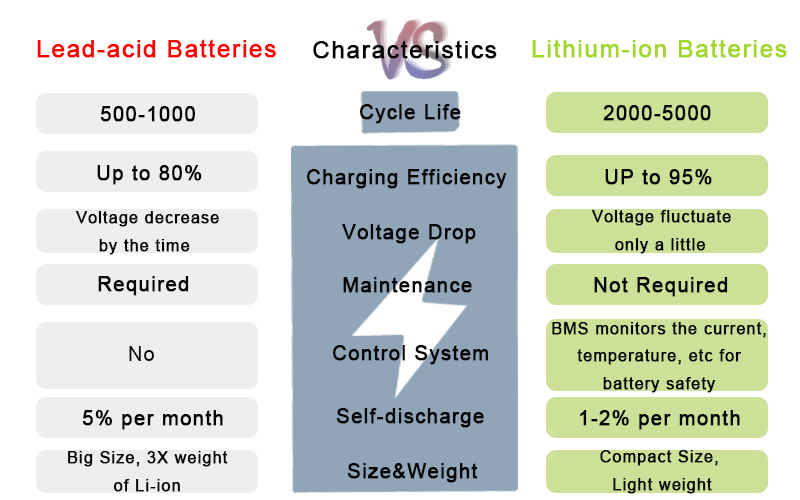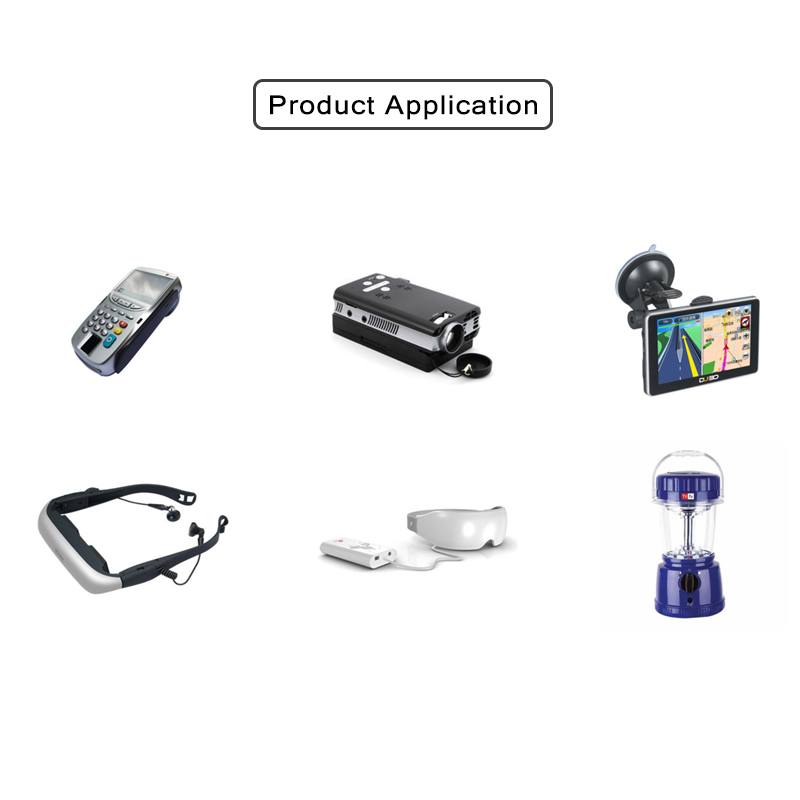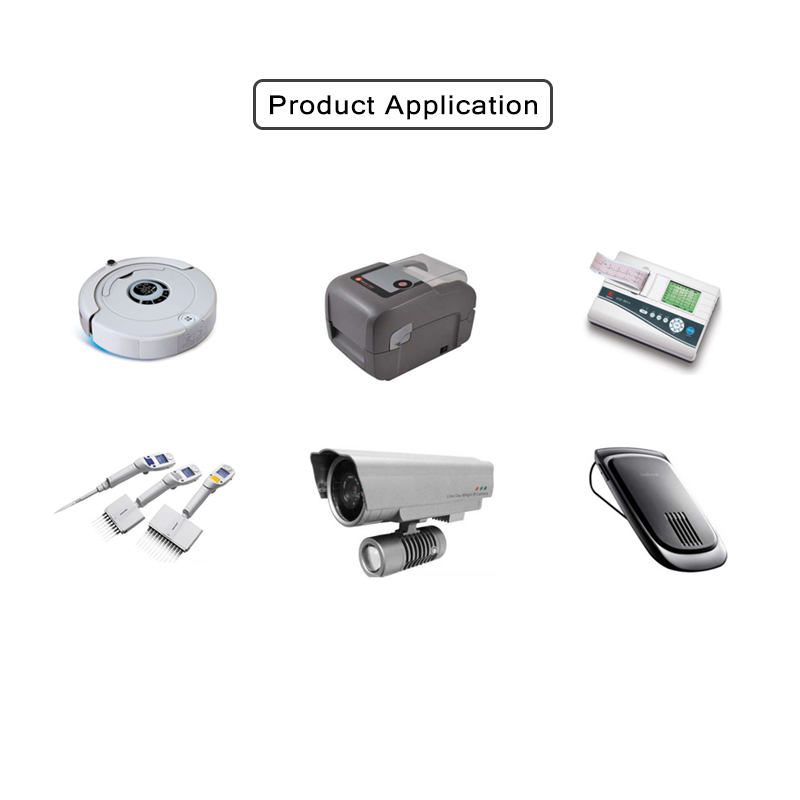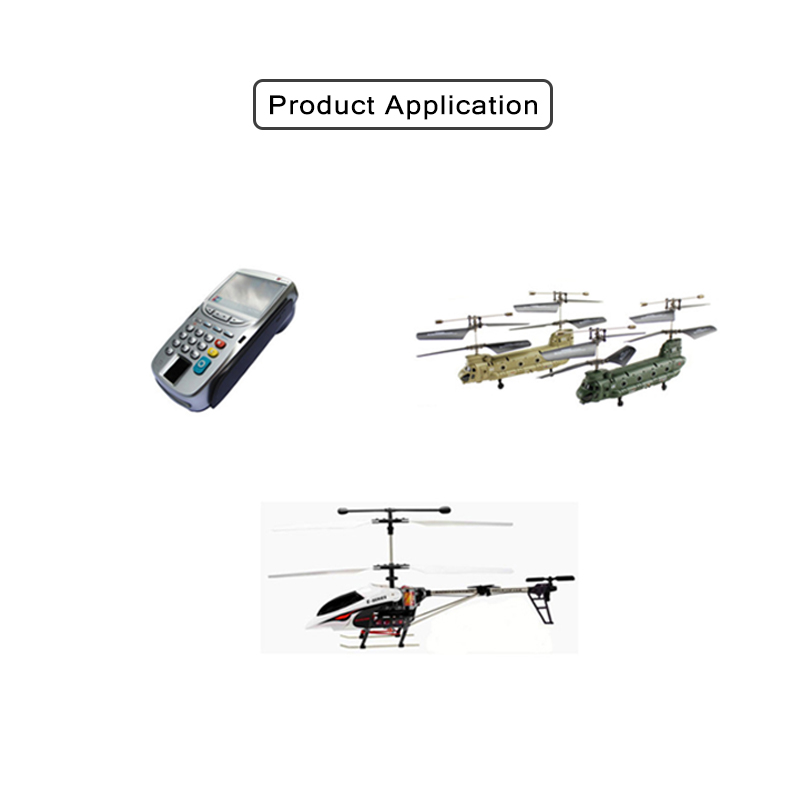The virtual reality headset is currently the hottest digital device. The Oculus Rift is on the market, the HTC Vive will be shipped soon, and the Sony PlaystaTIon VR will be officially released in the summer. Both PC and console users can experience the impact of virtual reality games. . Of course, smartphones can also implement entry-level virtual reality experiences through peripherals, such as Google Cardboard Glasses, Samsung GearVR, and more.
Although the virtual reality headset is the next consumer electronics hotspot, you may not know much about its complex hardware architecture and operating principles. Today, let's take a look at what secrets are hidden in the virtual reality headset.
Basic technical characteristics
First of all, it is certain that the virtual reality headset is a display, a head-mounted display, which is not itself a portable computer capable of running a certain system independently. A typical example is Microsoft's augmented reality glasses HoloLens, many friends will confuse it with the head-mounted display; but in fact, it is not a display, but a complete computer hardware, built-in processor, RAM, graphics card, independent Running the app, the Oculus Rifts can't.
The main purchases of most virtual reality head-mounted displays are very similar. First, two lenses and lenses are required to set up the OLED screen. The two are used together to achieve an immersive 3D picture. Among them, desktop products (Oculus Rift, HTC Vive and Sony PlaystaTIon VR) have built-in screens, which need to be connected to the host (PC, PS4) via HDMI; while Samsung Gear VR and other mobile phones have only lenses, which need to be used as a screen. And the host to achieve display and run the application.
As for the visual effect, the lens fits the screen to achieve a 100 degree or 110 degree field of view for an immersive experience. 360 degree vision? Temporarily unnecessary. In addition, the 60fps frame rate is the entry standard for virtual reality headsets, in order to avoid problems such as stuns and dizziness.
Head tracking
In order to simulate the natural perspective conversion effect of human beings, the virtual reality headsets have built-in head motion tracking function, that is, 6-axis tracking, which can realize X, Y, Z axis and front and rear side tracking. In addition, the headsets have built-in details such as gyroscopes, accelerometers and magnetometers to simulate the rotational speed. We can see some LEDs or laser sensors on the Oculus Rift, HTC Vive and Sony PlaystaTIon VR to reduce signal delay. .
Motion tracking
In terms of motion tracking, it is basically realized by accessories. After all, the virtual reality display is just a head-mounted display. In this regard, each company's implementation is slightly different.
Among them, the Oculus Rift needs to be controlled by the touch handle, and a large number of sensors are built in the handle to monitor the movement of the hand for specific operations. Sony PlaystaTIon VR uses the PS Camera and Move handles to achieve motion tracking operations, which is relatively lagging behind. After all, this solution already exists. HTC Vive's motion tracking function is the most comprehensive. By setting two laser tracking lenses in the room to scan the laser sensor on the headset and the handle, the scene tracking effect can be realized.
Eye tracking
In addition to the mainstream head, motion tracking, and some manufacturers to find a way to bring a cooler, more realistic virtual reality experience, FOVE is an example, it can achieve eye tracking. Specifically, it is to track the movement of the eye by adding an infrared tracking sensor to the head-mounted display, which means that the user can move the angle of view without turning his head, which is more in line with the feeling of real life.
In addition, FOVE's eye tracking can also achieve a depth of field experience, simply like your eyes can zoom (see the vision close-up blur, and vice versa), this feeling is undoubtedly more realistic, for virtual reality technology to enhance the sense of presence Great significance.
summary
Virtual reality technology is still in the development stage, and the current first generation products still have huge room for improvement. In the future, head-mounted displays will be lighter and more realistic, and the wearable full-body motion tracking system is also a part that is worth looking forward to. Beyond reality, it may be the ultimate goal of virtual reality technology.
When using lead-acid batteries, frequent maintenance and replacement is necessary. This will increase the cost for the investment in batteries. Although the investment of lithium batteries could be higher at first, you can enjoy the good return in the long term. The lithium batteries gives a longer lifespan as you can discharge them for more cycles and use with less maintenance before replacement.
The Advantages of Lithium-ion Battery Pack
1.Higher energy density
The higher energy density of lithium-ion battery pack means we are going to get more power out of the same physical size cell than we could get from a lead-acid battery. So when using lithium-ion battery for electronic gear, it means more runtime but less weight.2.Less weight
Less weight could be a big advantage for most electronic applications that need to be in a compact size and lightweight for use, including mobile applications, robots, drones, floor scrubbers, RVs. A lot of power is used for those devices, so less weight would be certainly an advantage for mobile applications.3.Thousands VS hundreds of cycles
More cycles are an advantage by a lithium product we`re gonna get. You know the lithium batteries could provide thousands of cycles versus lead-acid batteries which only offer hundreds of cycles. It is a big difference in the cycling ability of lithium over lead-acid batteries.4.Charge and discharge rate
We are able to discharge a lithium product much quicker than that of a lead-acid product and get the same capacity. If the lithium-ion battery pack is discharged to 80%, you can still get a good lifespan. But doing that with a lead-acid battery will damage its lifespan. Generally, a lead-acid battery can only use fifty percent of the discharge. The recharge time is quicker on a lithium product as well especially if we have a charger that`s large enough to put the capacity back. The lithium-ion battery packs have a low self-discharge rate of only 1-2% per month.
5. Less Maintenance
When using lead-acid batteries for power supply, regular maintenance is essential to ensure the battery performance. However, when purchasing lithium-ion batteries for power use, less maintenance is required. The lithium-ion cells is more stable with good performance. It saves a lot of time for maintenance and cost for replacement.

Lithium-ion battery pack Application



11.1V Lithium-ion Battery Pack
11.1V Lithium-Ion Battery Pack,Solar Lithium Ion Battery,Lithium Ion Battery Rechargeable,Rechargeable Lithium Battery
ShenZhen UFO Power Technology Co., Ltd. , https://www.ufobattery.com